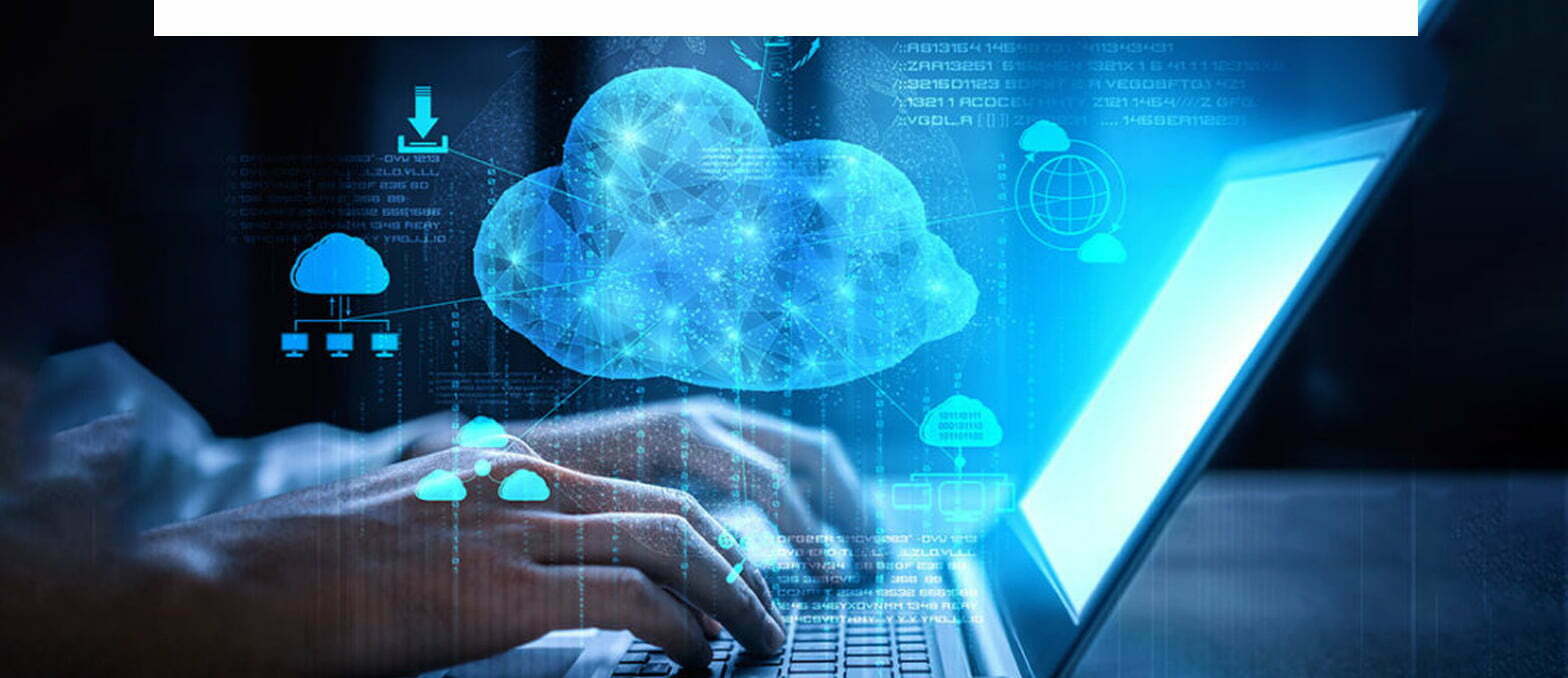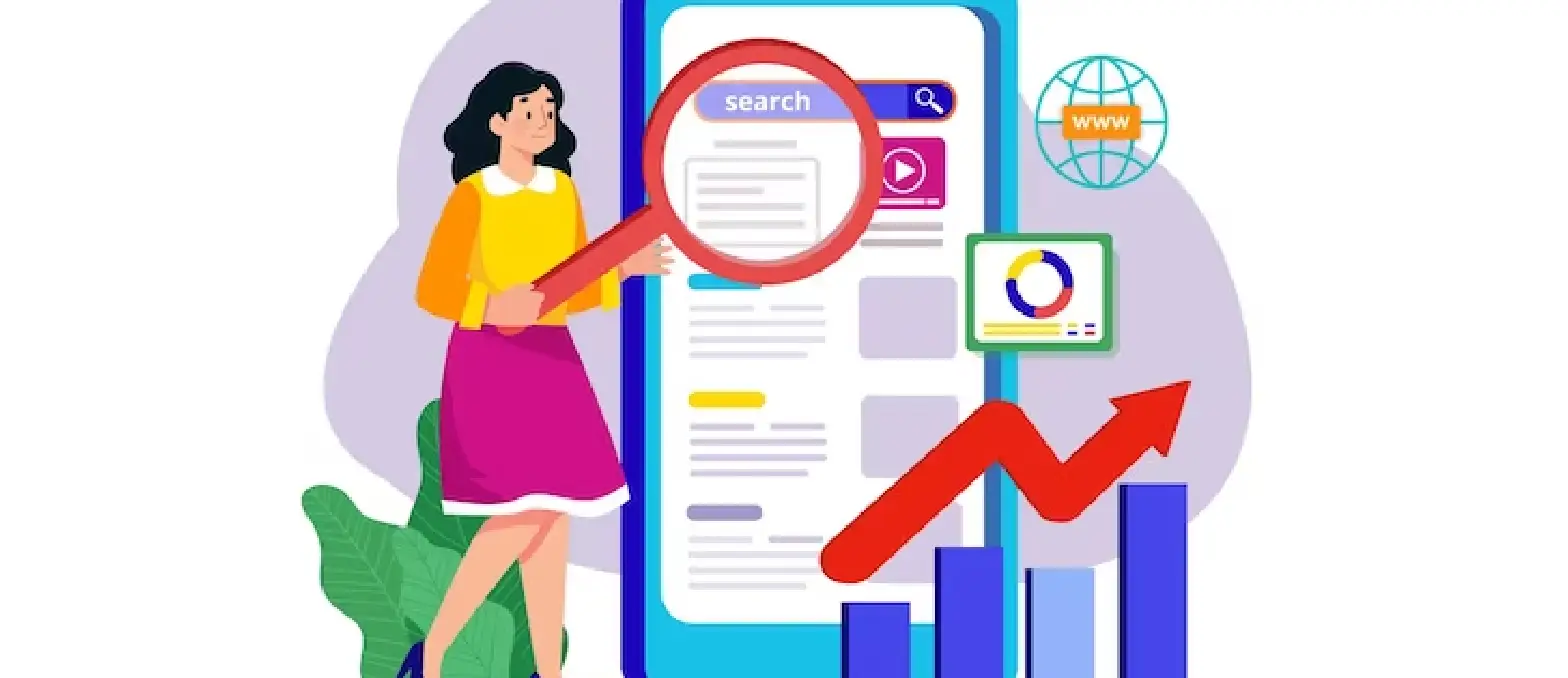Once you enter the world of employee benefits solutions, you find yourself diving in the messy alphabet soup with new terminologies and jargon floating around. What actually is HCM? How is it different from HRIS? Why does HRMS keep appearing on vendors’ websites? How are these words related to and different from each other? The more you read, the more complex it gets. The credit for the confusion behind these words belongs to marketing professionals and benefits administration software vendors who often use these words interchangeably. Honestly, coming across these words without knowing the meaning separately can be pretty frustrating and a roadblock to offer flawless benefits plans.
The matters get worse as the meaning of these abbreviations is almost similar. It is like saying ‘po-tay-to’ and ‘po-tah-to.’ Are you equally confused between these three HR technology systems? Well, the good news is that you are not alone. Even experts have a hard time distinguishing between them. Adding more to it, vendors hardly take any effort to draw a significant line while talking about HR solutions.
Although there are several other acronyms used in HR software solutions, such as ATS (Applicant Tracking System), TMS (Talent Management System), LMS (Learning Management System) and more, HRIS, HRMS, and HCM are certainly the most popular ones to describe payroll and HR solutions.
To keep aside all the confusion and mess, this blog will explain these words precisely and accurately in a simple language. We hope that it will straighten things out for you and help you pick the right solution services for the company. Take a read:
Table of Contents
Getting the Basics Right
Before we move any further, let’s get acquainted with their full-form first.
HRIS: Human Resource Information System
HRMS: Human Resource Management System
HCM: Human Capital Management
All of them signify software solutions that incorporate cloud computing, database management, along with other elements to build a platform that handles workforce management needs efficiently. Have a look at the evolution of Human Resource software and you will notice that solutions offered under each of them jointly now were standalone once. With time, companies started clubbing them together to come up with a streamlined human resource software service.
From Wikipedia to various articles, you can seek definitions of these concepts everywhere. However, there is no clarity or an accurate conclusion. So, after conducting detailed research and going through various studies, here are some features and functionality that these HR systems are associated with.
What Is HRIS?
While we are defining different HR solutions, think of HR as a combination of wants and needs. Regardless of what industry your company belongs to or what service you offer or how many employees work in your organization, there are certain things that are necessary for its existence. On the other hand, there are some things that you strive to achieve to take your business to new heights and attain your goals. So, HRIS at its core is a software that manages procedures, policies, and people of a company. The users can track and automate the HR needs electronically as these platforms consist of the entire database at the center, hence, the word information included in the name. Moreover, it also includes reporting, analytics, and also categorizes data into departments, workers, and company.
In simple words, HRIS, Human Resources Information System is an online solution designed to enter data, manage policies, and track all the information concerning human resource operations. The motto is to provide complete guidance to employees of the organization, thus, it translates data into on-demand insights and information. Needless to say that it also helps in keeping all the details about staff members organized and accessible.
HRIS software typically includes the following capabilities but one can interpret them according to his/her understanding:
Recruiting: It involves the Applicant Tracking System (ATS) which makes it easy to update current job vacancies and descriptions, handles interviews, store resumes, and other tasks related to hiring and recruiting.
Absence Management: For taking care of the planned and unplanned absence of the employees due to injury, sickness, maternity leave, unauthorized leave, and other unforeseen situations.
Workflows: This is the solution that helps in boosting productivity and quality of work in the company.
Training and Development: Make sure that employees grow and learn, hence, provide them with ample opportunities to hone their skills and continue their growth.
Benefits Administration: This is the most crucial element of the system as it deals with health insurance plans, 401K, track compliance and keeps an eye on all the relevant information about the staff members.
Self-Service Portal: It enables employees to manage their details on the portal and also modify the information when required.
Compensation Management: To look after the forms related to compensation, such as Paid Time Off (PTO), salary, bonus, overtime pay, company-funded activities, etc.
Personnel Tracking: Maintains the digital record of employees, including contact information, job position, personal details, and more.
Having mentioned these points, we would also like to add that this may not be the case with every HRIS system. Some may have five features while others may have nine, the numbers may vary but the core is the same.
What Is HCM?
Human Capital Management (HCM) includes a set of practices for HR management with the aim to attain organizational competency. The focus is on workforce management, acquisition, and optimization. The system also refers to the overarching management of the employees in an organization. However, things are not specified in this case as everyone has their opinion on the difference between HCM and HRMS. For some, the former is more extensive while others bestow that title to the latter. One certain point is that HCM software is more comprehensive than HRIS as it includes additional features along with the ones offered by HRIS.
The categories that fall under this system aim at recruiting, retaining employees, and the entire employee life cycle. The tools range from attracting, hiring, onboarding, performance assessment, budgeting, salary planning, and goal setting. It also helps employers and the HR team to mentor their staff members and guide them to achieve success. Apart from this, analytics is also a prominent part of HCM solutions used to track the employees’ performance and evaluate their potential and future growth. HCM showcases all the features of HRIS and also offers Talent Management capabilities, such as succession planning, compensation, development, learning, and career. The other elements are multilingual, multi-currency, country-formatting, and possibly localization.
The primary features of HCM are:
Employee Performance: It focuses on tracking the performance and productivity of employees through an automated system.
Onboarding: Speed up the process of hiring and recruiting by streamlining the whole system.
Analytics: Get an in-depth view of key metrics.
Position Control: Assigns the authority and responsibilities to the right employees to avoid any chaos.
HR Services: Includes all the details regarding the company’s policies, data, procedures, and documentation and provides access to this information.
Global: Multi-currency and multilingual features to support international needs.
Workforce management: Takes care of time, attendance, tasks, budget, schedules, and forecasts. As you Creating staff scheduling using excel.
Staff Scheduling: Like you automate staff schedules, mark absence, calculate total work hours, and create project plans in excel, same can be done more efficiently using comprehensive HCM software. For people facing budget constraints, Excel can still work as a useful tool for staff scheduling tasks.
We are sure that you noticed the overlap features with HRIS, thereby, making the whole subject tricky. HRIS revolves more around Talent Management while HCM digs a bit deeper. All HCM suites may not offer the same functionalities listed above but benefits administration software vendors ascertain to include them all to meet the expectations of every HR.
What Is HRMS?
HRMS stands for Human Resources Management Systems is an online solution that integrates all the core HR functions into one suite. This enables users to accomplish their tasks, maintain data, analyze the current trends, and create reports at one destination. Although HRIS and HRMS are almost the same software, the factors and applications may vary for each of them. Apart from the solutions provided by HRIS and HCM, HRMS offers some additional applications as well which include payroll, time & labor, and more. Furthermore, this software reduces the chances of errors and oversights that are common in a manual process. The fact is that HRMS is widely used by benefits administration software vendors for every HR products that they offer to the companies. Of course, buyers need to assess the software to conclude if it offers the functionality and features that they require for their organizations.
HRMS also comprises assessment and planning tools with a primary focus on organizing employee information. The scheduling function may or may not be present in these systems so before you avail the HR software service, make sure that it has all the necessary features that you need to meet your objectives. Considering how massive HRMS is and the functions it offers, not all service providers are proficient in building such an effective and progressive Talent Management system. Some may go for [HRIS + (Payroll + TLM) = HRMS] approach, while others can follow [HCM + (Payroll + TLM) = HRMS].
However, we have listed a few points that you can expect in most HRMS systems. Have a look:
- Almost every feature and capability of HCM and HRIS.
- Time and Labor Management (TLM) to track employee schedules and project times which is essential to increase productivity and profitability.
- Payroll Processing which automatically calculates salaries, deducts taxes, and sends deposits.
Picking the Right Solution
Now that you are familiar with these three HR solutions, you know that the line between them is a blur, hence, confusion in the industry to give specific definitions of each of them. However, to make things a bit clear, we have mentioned below the precise differences.
HRIS:
- Recruiting/ATS
- Core HR
- Benefits Admin
- Compensation
- Training Workflow
- Self-service
- Reporting
HCM:
- HRIS
- Onboarding
- Performance
- Position Control
- Succession planning
- Global Analytics
HRMS:
- HCM
- Payroll
- Time & Labor
Yes, many would say that there is a specific solution for every business but the truth remains that no matter what industry you serve, all three of them can prove to be beneficial for you. So, it’s up to your research and evaluation whether you pick HRIS, HCM, or HRMS. Devote your time and efforts to get your hands on the best vendor in the market who is on the same page as you. Your definition of an HR solution can contradict the vendor’s and this can lead to confusion. Go through the descriptions carefully to know beforehand what to expect from the final product. Also, there are HR software solution providers who might claim to be the best to attract more clients but choose wisely. However, Accomplish is one HR benefits administration software vendor that believes in delivering quality and satisfaction rather than indulging in false claims. Connect with us for the solution that surpasses your expectations and accomplishes all your tasks efficiently.






